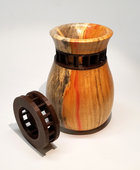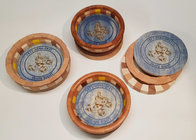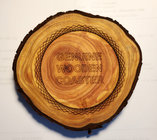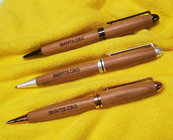Looking back over many years at what was standard practice and usage in the engineering field.
Then looking at woodturning and the advent of say 4 jaw self centring chucks by Nova in 1988, even if they did get the scroll backwards. Then use of HSS for cutting tools , not sure when they came out . But all, something of a paradigm shift in the way we went about turning and sharpening and yet existent in the engineering fields for decades if not longer. Later the use of TCT of tungsten carbide cutting tools. OK in the beginning grain structure of the early carbide tools didn't lend well to producing a fine edge. Now we have ultra sonics for wall thickness detection, something thats been around in pressure vessel maintenance for decades also
But I remember making some very basic carbide woodturning tools for my Dad in the late 60's early 70's and certainly at that time carbide tooling was in wide use in engineering. HSS was the norm in engineering in just about every shop across the country. I guess the woody folk are slow adopters.
Then looking at woodturning and the advent of say 4 jaw self centring chucks by Nova in 1988, even if they did get the scroll backwards. Then use of HSS for cutting tools , not sure when they came out . But all, something of a paradigm shift in the way we went about turning and sharpening and yet existent in the engineering fields for decades if not longer. Later the use of TCT of tungsten carbide cutting tools. OK in the beginning grain structure of the early carbide tools didn't lend well to producing a fine edge. Now we have ultra sonics for wall thickness detection, something thats been around in pressure vessel maintenance for decades also
But I remember making some very basic carbide woodturning tools for my Dad in the late 60's early 70's and certainly at that time carbide tooling was in wide use in engineering. HSS was the norm in engineering in just about every shop across the country. I guess the woody folk are slow adopters.





